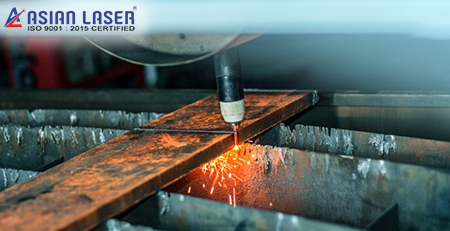Emerging Trends in the Laser technology
According to a research conducted in 2019, a business should consider the present state of the industry and examine innovative strategies for business growth before adopting a new technology. It explains fundamental factors such as top players, manufacture value, key regions, growth rate, traders, suppliers, strength, weakness, opportunities, and threats to the company and others.
The report provides useful and in-depth analysis on the present state of business, focuses on the foremost operations and regulations for the key players. The global user technology trade report additionally offers a granular study of the market share, segmentation, revenue forecasts, and geographic regions of the market.
Laser technology is evolving rapidly in today’s world. Lasers have come a long way since their invention. It has gone beyond being a single pointer for presentations and slideshows.
Here are a few of the latest advancements in laser technology.
Lasers in the fashion industry
Ever since the fashion industry has turned to mass production, the hunt for an efficient and cost-effective process has combined modern technology in the production process. They use technology like lasers.
For example, laser cutting has been used as a tool to cut thicker substances like acrylic plastic and metals. But laser cutting has also evolved to provide more unique cuts, allowing for delicate and softer materials like thin fabrics to be cut without burning the element or decreasing the quality.
Lasers machines have also been used for engraving designs on thicker or more resolute substances like leather and denim. The result is a more reliable and precise design without exposing the material to unnecessary stress.
Lasers for agriculture
According to research, millions of chickens in the poultry farming industry are killed because they were born with the wrong gender. Lasers seem like the savior for these male chickens.
Through magnetic resonance tomography, scientists are now able to use non-invasive technology to determine the gender of the chicken in the egg.
Lasers in the automotive world
From halogen, xenon, and even LEDs, laser technology has now allowed the creation of laser headlights for cars. Automotive lighting has come a long way since the new tungsten headlights.
Laser headlights are effective because they are four times brighter than the conventional LED lights.
Research says a few automotive companies have already begun, including laser headlights in some of their newer releases. For example, BMW has released the new BMW 7 Series, that includes a laser diode as the series’ source of headlights.
At full beam, their laser headlights can provide up to 600 meters of clarity.
Lasers in the household
In 2019, lasers have found their way to be of use not just in computers and in cars, but also in daily activities that people perform at home.
The smart dishwashers and washing machines we use at homes have been installed with sensors that use laser technology. These sensors can analyze the clothing and the type of stains, hence it allows more efficient water and detergent management. The same sensors can also determine whether an additional rinse is required based on how soapy the current wash is.
Laser technology has also provided for ovens to automatically adjust the cooking settings depending on the food being cooked. Optic sensors and cameras can also enable these settings to be manually adjusted without being anywhere near the oven.

